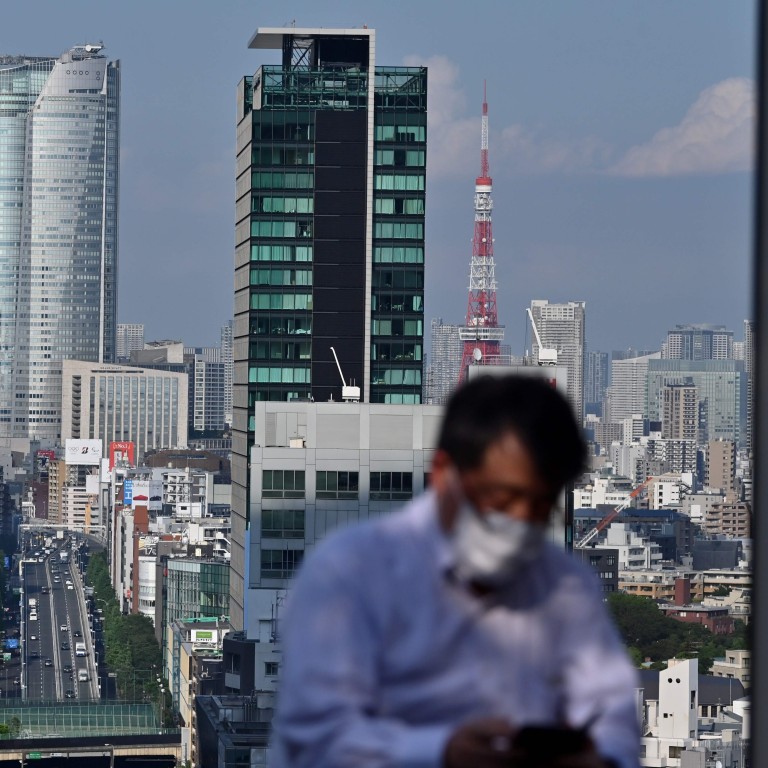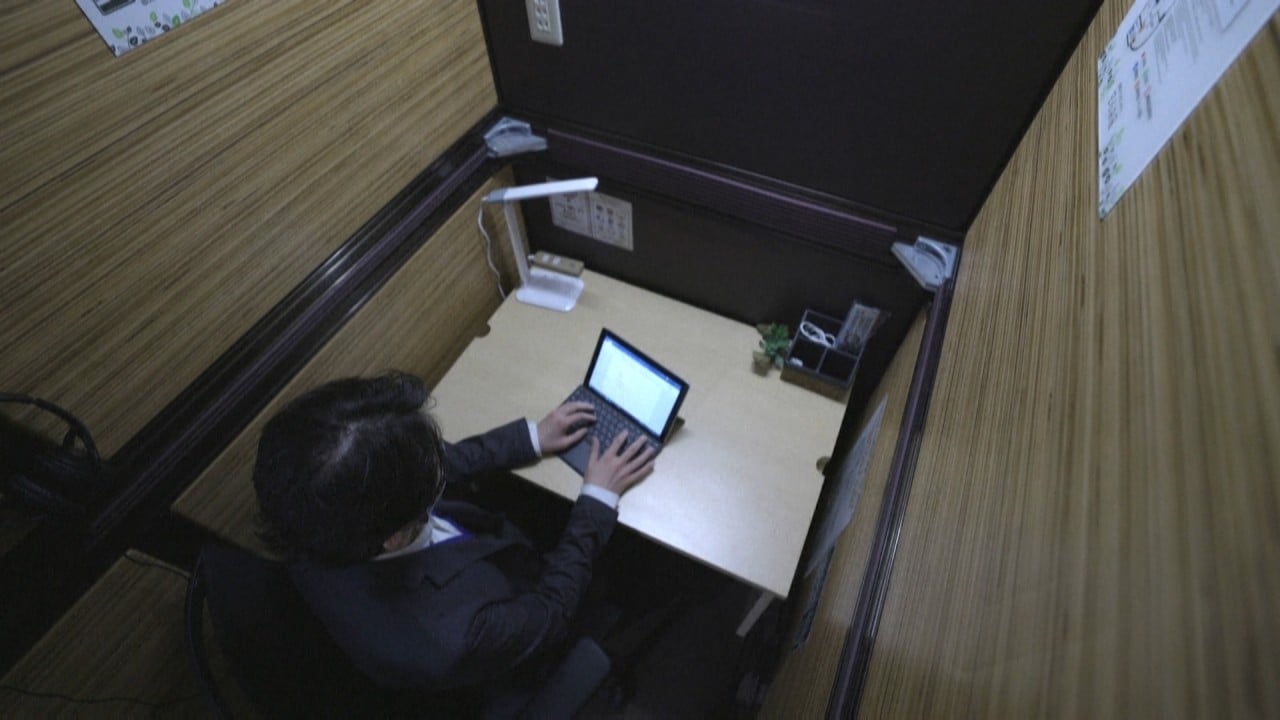
How the coronavirus pandemic pushed property investors to look beyond grade A office space
- While the pandemic has increased demand for core assets – low-risk, low-return properties in liquid markets – the scope of ‘core’ is broadening to include new asset categories, such as logistics, multifamily housing and data centres
For an indication of the degree to which institutional investors remain bullish on the prospects for Asia’s real estate markets despite the damage wrought by Covid-19, look no further than the findings of a survey published on January 13 by the Asian Association for Investors in Non-Listed Real Estate Vehicles and its European and US counterparts.

02:07
Japanese capsule hotels turned into office units to revive businesses knocked out by Covid-19
The results of the survey also underscored the undimmed appetite for Asian property. While investment volumes across the region were down 28 per cent year-on-year in the first three quarters of last year, the share of cross-border transactions even rose in Japan and Australia, data from JLL shows.
Not only have sales of distressed assets been few and far between since the virus struck – mainly because of ultra-low interest rates, low leverage ratios and relationship-driven bank lending – rental yields, which were low to start with in many markets, have declined further in some sectors because of the huge weight of money targeting Asian real estate.
The problem, however, is that there is a huge undersupply of such facilities across the region, which is driving prices up further. Even in the much more liquid office sector, there is a limited availability of premium buildings, especially in markets like Singapore where assets are tightly held.

For buyers seeking core investments that provide security of income, but who face challenges in accessing high-quality properties due to an abundance of capital chasing a dearth of desirable assets, varied and bold investment strategies are critical.
“Core assets remain fully priced. We take advantage of individual country and sector cycles to build a diversified portfolio of income-producing assets,” says Danny Phuan, the Singapore-based head of acquisitions for Asia-Pacific at Allianz Real Estate, one of the most acquisitive investors in the region.
The property arm of German insurer Allianz is leaving no stone unturned. While it focuses on core investments, it deploys capital across the risk spectrum, investing in both advanced and emerging markets in Asia. It is also willing to assume development risk to create new income-generating properties through a “build-to-core strategy”.
Moreover, the investor’s transactions last year – which include a portfolio of multifamily residential assets in Tokyo and a 50 per cent stake in a group of Australian logistics facilities built by German supermarket chain Aldi – are long-term bets on key macroeconomic trends in the region, many of which have been turbocharged by the pandemic.

Offering significantly higher yields than other property sectors, and seen as an increasingly defensive asset with stable cash flows, data centres are an attractive proposition for large institutional buyers that have considerable experience investing in infrastructure.
What China Investment Corporation’s Sydney deal says about Asia’s property market
For investors, the key factor underpinning these bullish bets is the opportunity to tap into resilient and sustainable income streams, particularly at a time when offices are suffering a pandemic-induced identity crisis.
As investors seek new higher-yielding defensive assets as part of a repositioning of their portfolios, big wagers on long-term trends in Asia are helping redraw the boundaries of core real estate. The most popular investments right now are those based on “high-conviction thematic strategies”, says Tim Graham, head of capital strategies for Asia-Pacific at JLL in Singapore.
So far, these big bets are paying off. Yet, the more popular they become, the fiercer the competition and the pricier Asia’s property markets become. Investors may soon need to rethink their strategies once again.
Nicholas Spiro is a partner at Lauressa Advisory

